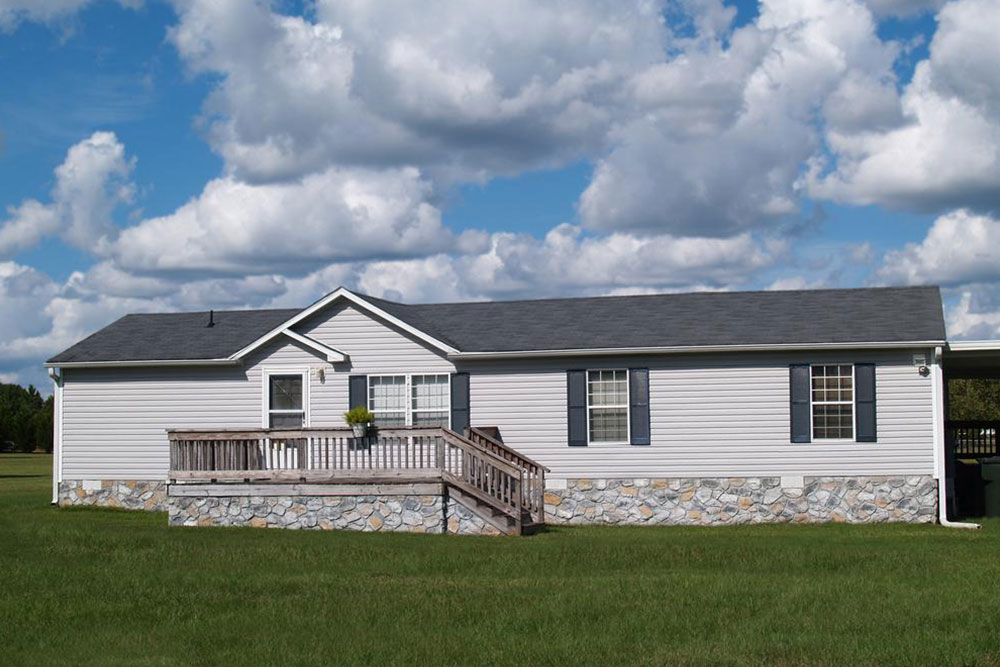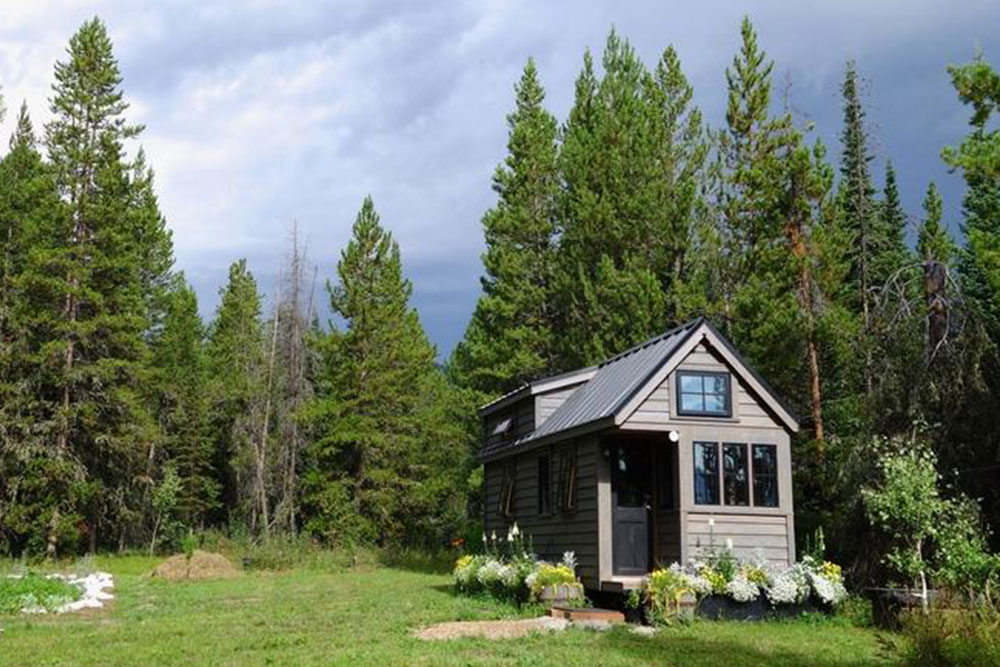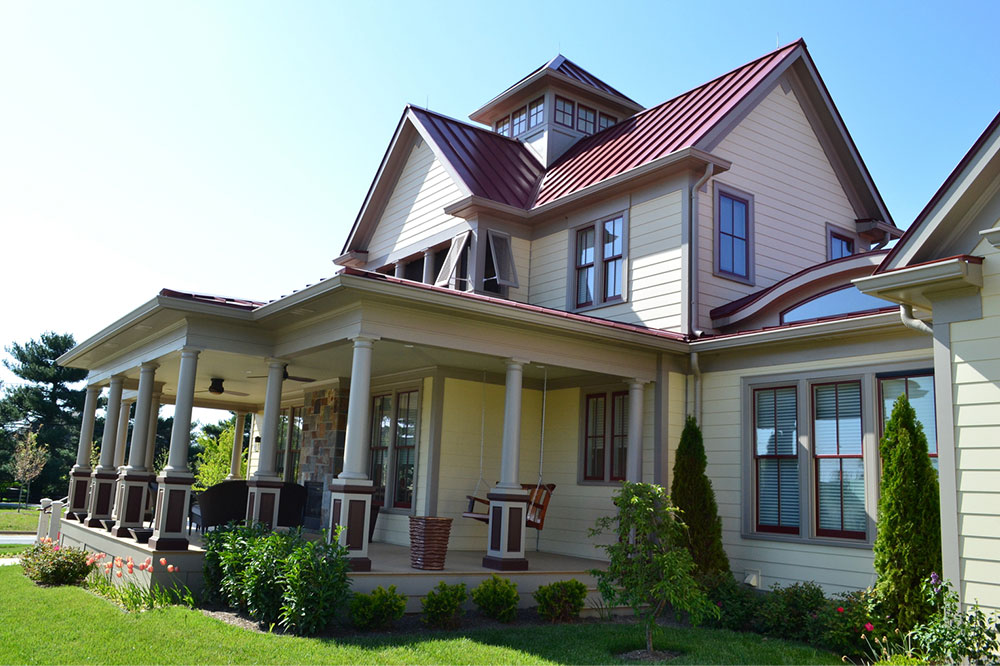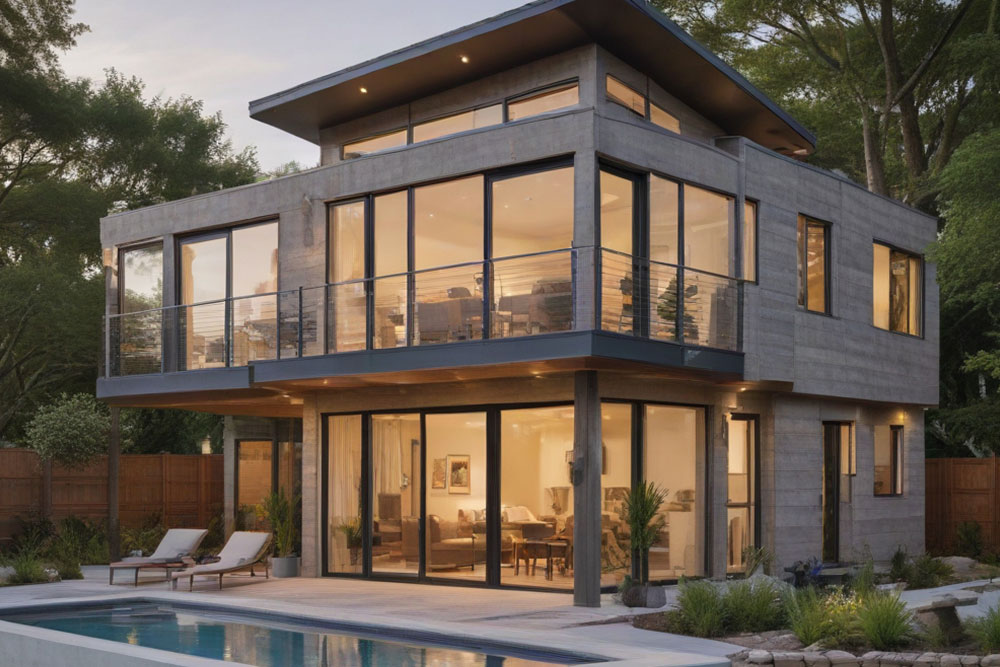Choosing Between Prefab and Mobile Homes: A Comprehensive Guide
This comprehensive guide compares prefab and mobile homes, clarifying their construction, advantages, and differences. It helps prospective homeowners make informed decisions based on durability, financing, and lifestyle needs. Understanding these options ensures a confident investment in housing tailored to individual preferences and budgets.
When exploring housing options, many prospective buyers encounter terms like ‘prefab homes’ and ‘mobile homes.’ For those new to real estate, understanding the distinctions can be confusing, which might affect resale value and decision-making. Gaining clarity about these types ensures a confident purchase. This guide provides essential insights to help you select the ideal home, ensuring it meets your needs and preferences. After all, your home should be a perfect reflection of comfort and lifestyle.
What are prefab homes?
Prefab homes are constructed in sections within a factory setting, then assembled onsite. The term ‘prefab’ comes from their modular manufacturing process, where components called ‘modules’ are crafted with precision and transported to the building site. Once delivered, they are joined together using specialized tools and machinery to complete the house. These homes often look identical to conventional site-built homes and adhere to all local building codes.
Technological advancements have brought prefab homes closer to traditional construction. They are regarded as durable, often more resilient to natural events like earthquakes and storms. The construction process is faster because factories rely on machinery, minimizing onsite labor and delays.
What are mobile homes?
Mobile homes, formerly known as ‘trailer homes,’ are built entirely in factories on a steel chassis with wheels, allowing for easy transportation. While they can be moved to different locations, many owners choose to keep the wheels attached or remove them after placement. Regulations enforced since 1976 by the Department of Housing and Urban Development (HUD) ensure quality standards for these homes, focusing on safety, energy efficiency, and durability.
Mobile homes were historically associated with lower income households and had limited resale value due to quality issues. However, modern mobile homes now employ high-quality materials and meet strict standards, making them more energy-efficient and valuable over time.
Differences Between Prefab and Mobile Homes
Prefab homes are assembled in sections at the factory and then joined onsite, whereas mobile homes are built on a movable steel chassis and transported as a complete unit.
Transporting prefab homes involves flatbed trucks; mobile homes require specialized towing equipment due to their wheels.
Loan approval is generally easier for prefab homes; mobile homes often face stricter financing challenges.
Prefab homes follow IRC building codes, while mobile homes are constructed under HUD standards.
Mobile homes have axles and are on steel frames, while prefab homes are built directly on the ground without axles.
By weighing these factors, you can choose a housing style aligned with your budget and lifestyle. Modular homes, offered by brands like Clayton, provide numerous advantages in terms of transportability and customization. Your decision should reflect your preferences and financial considerations.
Disclaimer:
Our blog provides diverse information for educational purposes. While sources are carefully researched, readers should treat articles as general guidance. We do not guarantee accuracy or comprehensiveness and recommend consulting professionals for decisions. The site may not include all available schemes or offers. Use this information wisely for informed choices.










